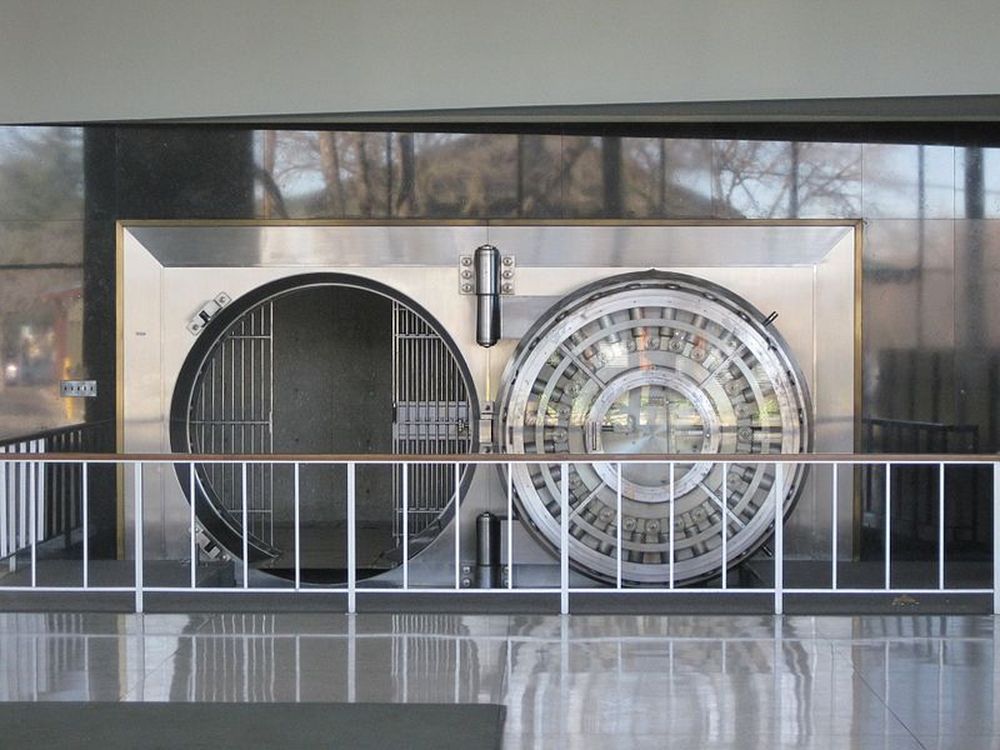
Published Mar 24, 2022
By Qredo Team
How people talk about Qredo: 5 analogies from the community
Qredo can be hard to define. It's a bundle of innovation based on two often misunderstood cryptographic breakthroughs: blockchain and multi-party computation (MPC).
To distill this complexity and make it easier to digest, people often use analogies to compare Qredo with more familiar concepts. Just as Steve Jobs coined the idea of a desktop to describe the Mac interface, and early bitcoin evangelists explained the asset as digital gold.
In this post, we've picked five analogies generated by the Qredonian community, and dissected them to better explain what Qredo is (and what it isn't!):
1. LastPass
Decrypt journalist Ekin Genç described Qredo as akin to LastPass. This browser-based password manager encrypts sensitive credentials and stores them in the Cloud, making it easy to sign in to websites without fear of forgetting passwords.
In one sense, Qredo is similar to LastPass because it relieves the difficulty of managing private keys — the equivalent of passwords for signing digital asset transactions.
But unlike Qredo, LastPass is a third party service where passwords are encrypted and stored on a company's cloud provider, and secured with a single master password. Qredo, on the other hand, does away with private keys entirely by distributing signing action between MPC nodes that will ultimately be controlled in a decentralized way through the Qredo DAO.
2. Google Authenticator
Blockchain enthusiast Benjamin May compared Qredo to Google Authenticator — a security tool for generating two-step verification codes that are typically used in addition to passwords.
Qredo is similar to Google Authenticator because the Qredo Mobile App acts as a secure multi-factor signing device: It uses a combination of something you have (the master seed in your phone secure enclave), something you know (your password), and something you are (your biometric fingerprint) to verify your identity and authorize transfers and changes to your account.
3. Bloomberg Terminal
Our very own Josh Goodbody said Qredo is poised to evolve into something that seasoned Wall Street traders will be very familiar with: the Bloomberg Terminal.
This single workstation is used in the bulk of institutional financial operations—from downloading economic data to financial modeling, making trades in real-time and communicating with other users via chat. In short, almost every day-to-day activity except final settlement.
Qredo harbors ambitions to provide a similar plethora of crypto-focused services that can be used easily by institutional investors and professional traders. But, unlike Bloomberg, Qredo's decentralized network will bring deeper functionality. This entails order management across digital assets and DeFi (see our exciting partnership with MMI), and a range of dApps. But also breakthrough decentralized MPC custody and the ability to settle assets. In this way, Qredo will offer a more complete end-to-end digital asset and DeFi workflow than Bloomberg offers with traditional assets.
4. Centralized MPC providers
In the BlockCrunch podcast with Qredo co-founder Brian Spector, DeFi investor Jason Choi compared Qredo to centralized MPC providers.
This is a common analogy, as several other service providers have also grasped the miracle of MPC. Most of them however, have let the decentralized magic slip through their fingers by creating centralized implementations.
Typically, these MPC custody solutions record ownership rights and host the MPC process in databases, with private key material held on the cloud or customer hardware. The result is centralized private key storage that is under the control of a third party service provider. This third party remains privy to customer transactions, and the digital assets are vulnerable to internal weaknesses — such as errant employees, the loss of key shards, or colluding cloud providers — and external vectors such as hardware breaches. For example, cryptographic keys have been compromised from Intel SGX hardware chips on several occasions.
Unlike these third party custodians, Qredo is simply a provider of distributed technology for private key management. Qredo Network, which will ultimately be owned and operated by the community, uses MPC and blockchain to manage private keys in a decentralized way that keeps the MPC nodes independent — thus removing reliance on any single third party and inheriting the immutability and security of a decentralized system. We call this decentralized multi-party computation (decentralized MPC), and it enables complete control over digital asset governance without the need for involving a third party.
5. Bank vault
Ben Whitby, Qredo's VP of Strategic Partnerships, has likened Qredo Network to a bank vault — and Qredo Ltd to the vault manufacturer.
This analogy reflects the fact that Qredo is not a third-party custodian that can access private keys and deprive customers of access to their digital assets. Instead, as a decentralized custody network, it does not hold users’ keys and therefore cannot stop user-generated transactions.
A vault analogy can also be used to explain the way assets are secured and transferred on Qredo Network; the Layer 1 assets are held by MPC, which acts as a vault, and then the ownership of the assets — akin to the vault key — is passed around on the Layer 2 Network.

Ultimately, each analogy provides only a limited perspective. Although they can be effective tools for giving a quick overview, taking a deeper dive into Qredo demands careful examination of each network component.
In our next post, we will explore Qredo from first principles by looking at the three critical building blocks that comprise the network.
Until then, download the whitepaper to get all the details.